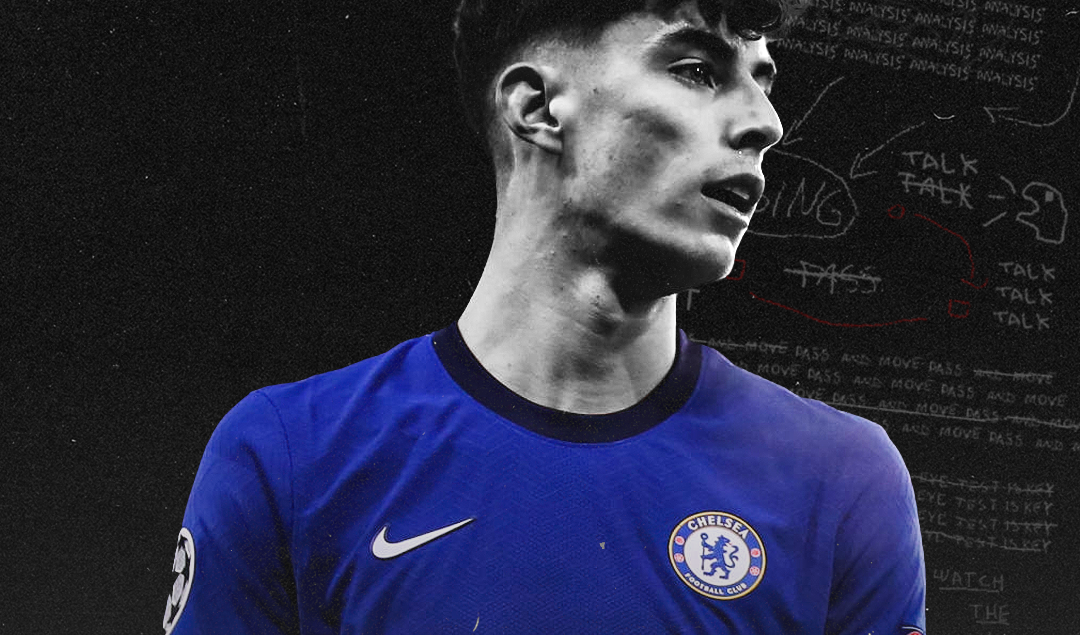Origins of the False Nine Concept
The idea of a center forward dropping into midfield rather than staying in the penalty box isn’t new, but it changed the game when fully embraced. In earlier decades, players like Nándor Hidegkuti confused defenders by drifting deeper into the pitch. His movement opened space behind the defensive line, disrupting man-marking systems. The concept reappeared in various tactical eras, always reshaping the expectations of what a “striker” should be.
How a False Nine Operates Within a Team System
Instead of pressing forward into the box, the false nine pulls defenders out of shape by retreating into pockets of space. This creates confusion in the backline—should they follow or hold position? Their hesitation opens lanes for wingers and attacking midfielders to exploit. The strategy relies on timing, coordination, and intelligent off-the-ball runs. It resembles the unpredictability and rhythm of transitions in other systems – Casino online Smokace shows a similar blend of deception and structure in a different arena. The success of this setup depends less on the goal-scoring output of the central forward and more on the chaos they create.
Club Football Examples That Prove the Model
Pep Guardiola’s Barcelona team, with Lionel Messi in the role, brought the false nine into the mainstream spotlight. Messi’s deeper positioning allowed Pedro and David Villa to drive into central zones. Other teams adapted the concept to their styles—Totti at Roma, Cesc Fàbregas at Spain, and Firmino under Klopp all embodied different shades of the role. These were not traditional forwards; they orchestrated the game between the lines.
What Makes a Great False Nine?
This role is not for every striker. A true false nine must possess:
- Sharp vision and passing under pressure
- The patience to avoid forcing play
- Spatial awareness to drag defenders out of formation
- The ability to receive and turn in crowded areas
Scoring goals becomes secondary—the player’s value lies in connecting phases and unlocking overloads.
Limitations and Tactical Risks of the False Nine Approach
The system doesn’t fit every match or opponent. Against deep defensive blocks, the space a false nine usually exploits disappears. When the midfield is congested, the extra man might add confusion rather than clarity. Additionally, some teams lack the technical quality to make this role effective. Coaches often return to classic strikers when facing physically dominant defenses or when chasing a match. Tactical flexibility remains essential, as the false nine approach is most dangerous when used selectively.
